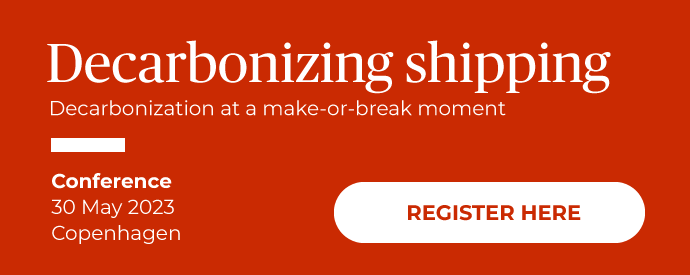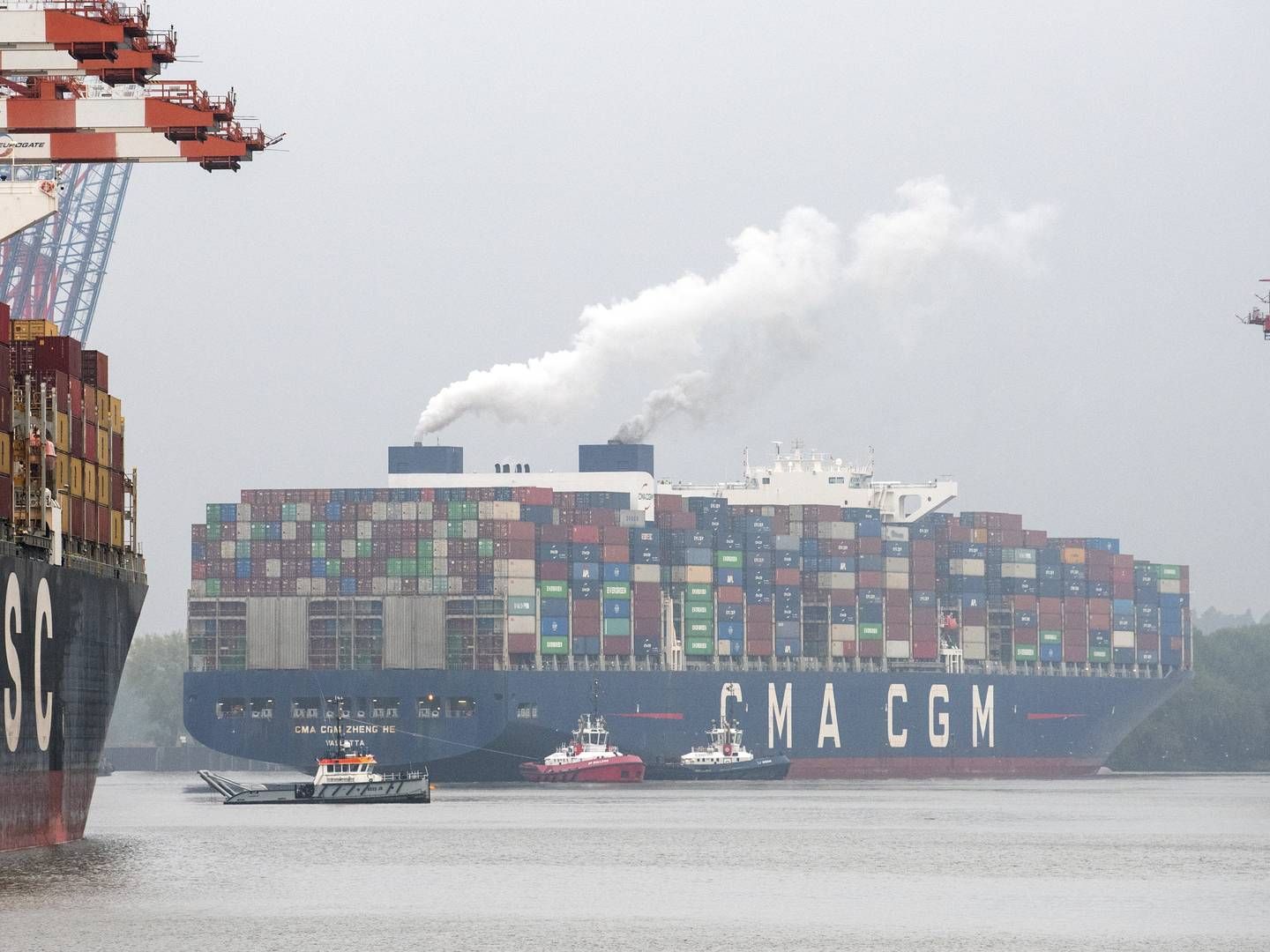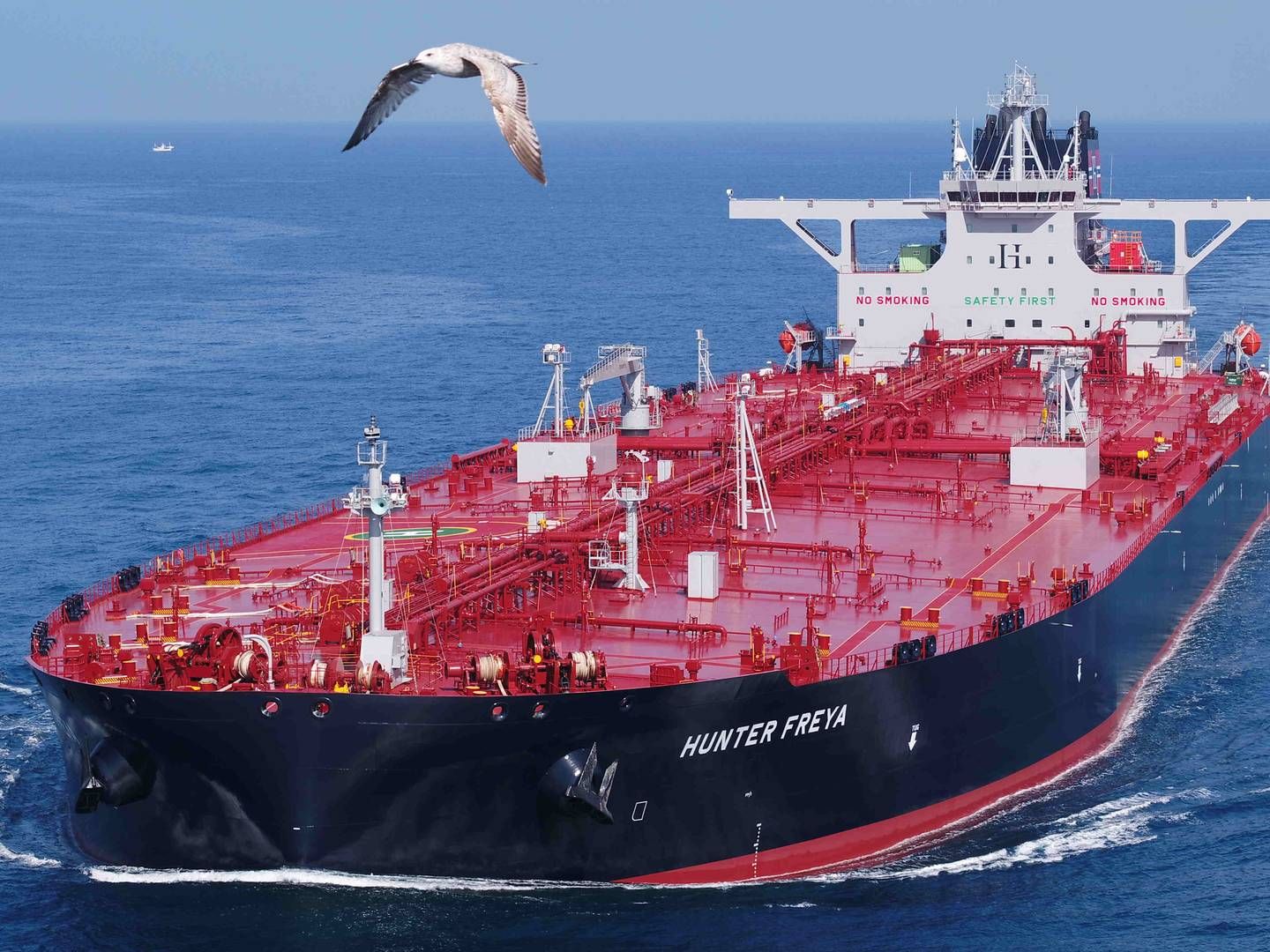MAN expects to put ammonia engine up for sale in late 2025
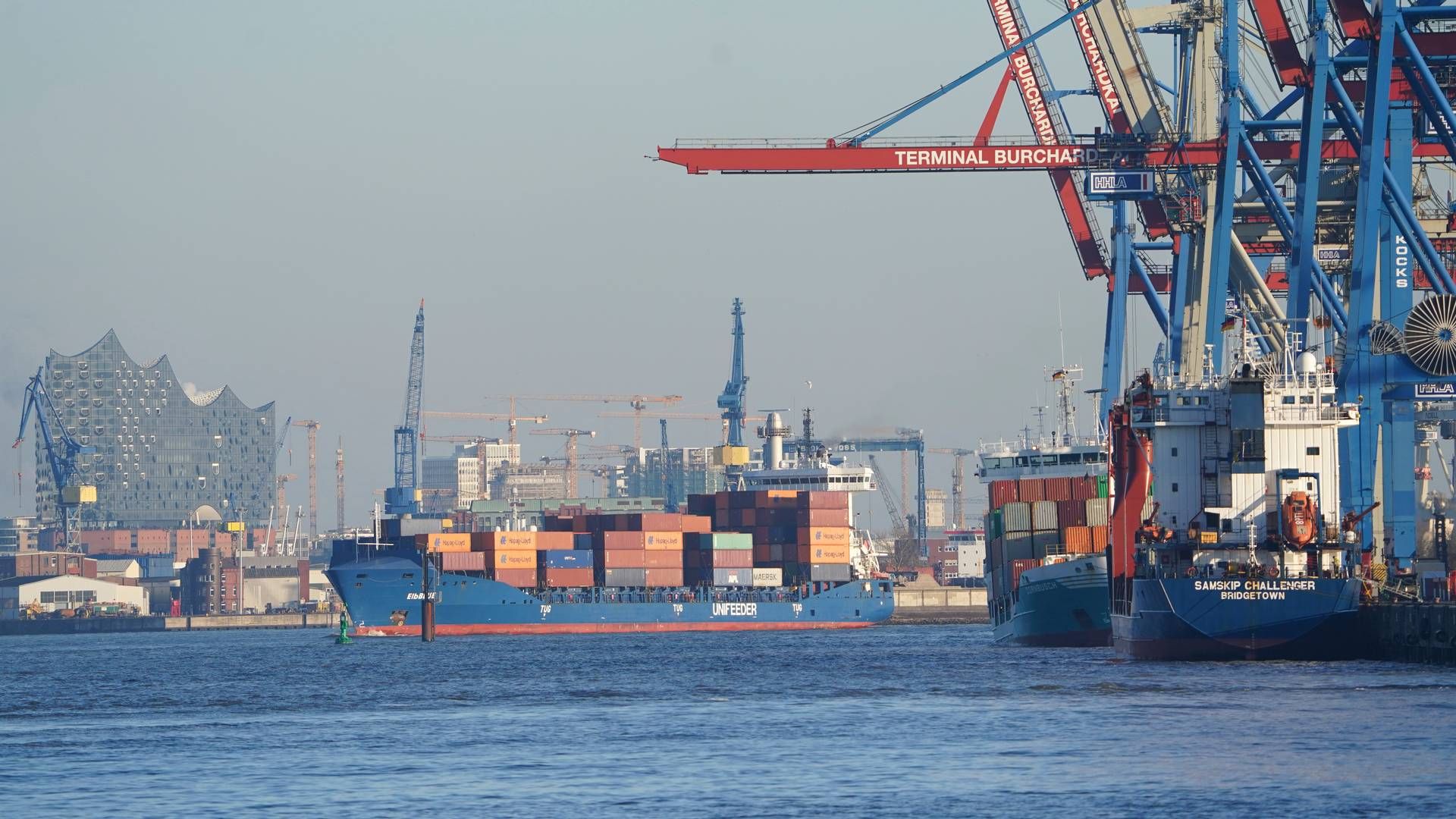
MAN Energy Solutions is in fact quite close to have a completed ammonia engine ready. But as the engine is the first of its kind, the prototype is going through very thorough test procedures before introduced on the market.
Compared to liquefied natural gas (LNG) and methanol engines, there is no experience to lean on when it comes to ammonia.
Since this fuel is poisonous and can emit the greenhouse gas nitrous oxide, the Danish-German company would rather be slow and meticulous than be too expeditious with sending a motor to customers.
”We must make sure that we have a product that meet customers’ expectations. Therefore, we believe that it will take at least until late 2025 or early 2026 before we have a viable ammonia engine for commercial use,” says Thomas Storgaard Hansen, head of two-stroke promotion & customer support at MAN.
At that time, the first ammonia engine could be installed in a ship, but that does not itself ensure that customers come a-flocking.
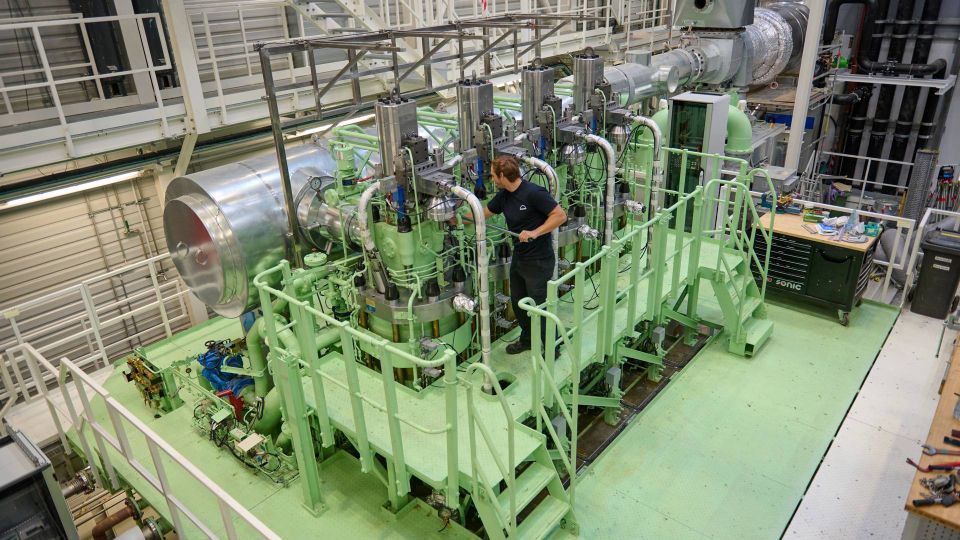
There is also the need for sufficient ammonia deliveries from the right parts of the world.
Many shipowners will likely bide their time, maybe for a relatively long time, ensuring that the first ammonia engines are running smoothly before ordering for themselves.
Thus, MAN Energy Solutions projects that the ammonia engine won’t gain traction before 2030.
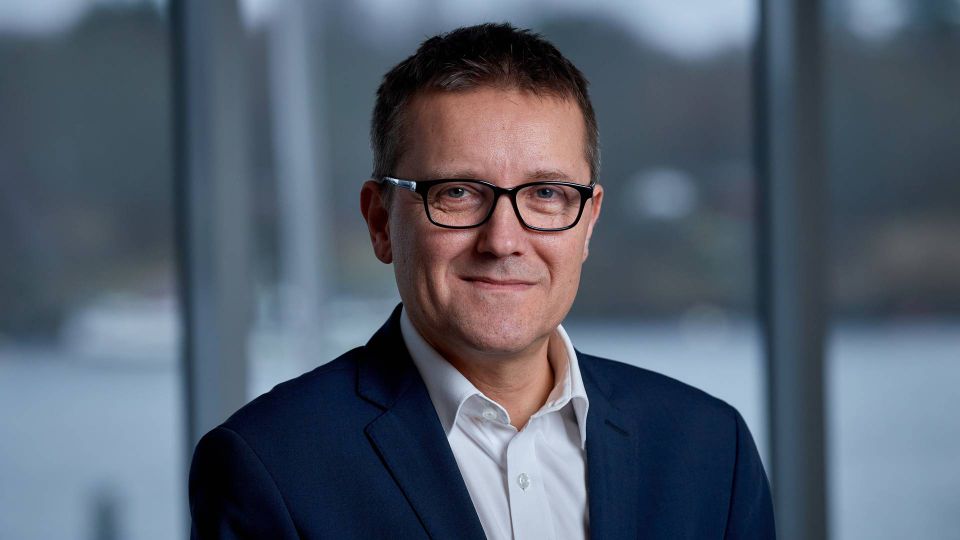
”There needs to be market acceptance for ammonia engines, and I think we’ll be closer to 2030 before that happens,” Hansen adds.
Ammonia is the front runner
Despite ammonia’s toxicity, the fuel has several advantages over LNG. For instance, the latter needs to be stored cold and under higher pressure than most other fuels, including ammonia.
In just one year, Man Energy Solutions’ expectations to ammonia versus LNG changed significantly.
Whereas there was no clear-cut winner between the two alternative fuels about a year ago, ammonia has now been announced the winner.
In contrast with LNG, one of the remaining questions then becomes how to secure ammonia supplies when ammonia-fueled ships call to port.
Still, the expectations for the ammonia engines are greater than for other engines currently under development in the sustainable fuel segment, especially when the timeframe becomes decades instead of years.
Decades out, the rationale postulates, there will be an established network of bunker facilities for the worldwide delivery of green ammonia.
Seaspan wants to create global network of companies with green fuels
MAN Energy Solutions has mapped out a prognosis for the engine market towards 2050, adjusted along the way to match market developments.
The latest prognosis shows that ammonia will amount to 1 percent of MAN’s orders in 2025. Already in 2030, the percentage will have jumped to 40 percent, making it the hierarchal top of the engine market.
Long term development for the runner-up, methanol at 35 percent, is harder to predict as development will be tied to the legislation that will encompass it.
So far, not a lot carriers have ordered vessels with ammonia capabilities as part of their respective dual fuel system alongside traditional fuels.
Carrier given the green light
Among those that bet on ammonia is the Norwegian Viridian Bulk Carriers which recently secured an approval by principle for a new ammonia ship.
Also the dry cargo operator Ultrabulk aims towards deploying an ammonia-powered ship within a few years.
The company’s plan is to receive two ships that sail on blue ammonia, in 2026 and 2027, respectively. This was recently announced by Ultrabulk’s CEO, Hans-Christian Olesen.
”We’ve secured ten years’ worth of blue ammonia consumption that we’ll use on a dedicated Atlantic trade to which we need two ships. We are currently discussing with several shipyards on the prospective delivery of these ships,” he told ShippingWatch.
MSC is also looking into the viability of green methanol and green ammonia for its fleet, once these alternative fuels become readily available.
English edit: Kristoffer Grønbæk & Christian Radich Hoffman
Related articles
One particular fuel dominates among newly ordered vessels
For subscribers
Hunter Group and DNV to develop CCS solution for shipping
For subscribers

